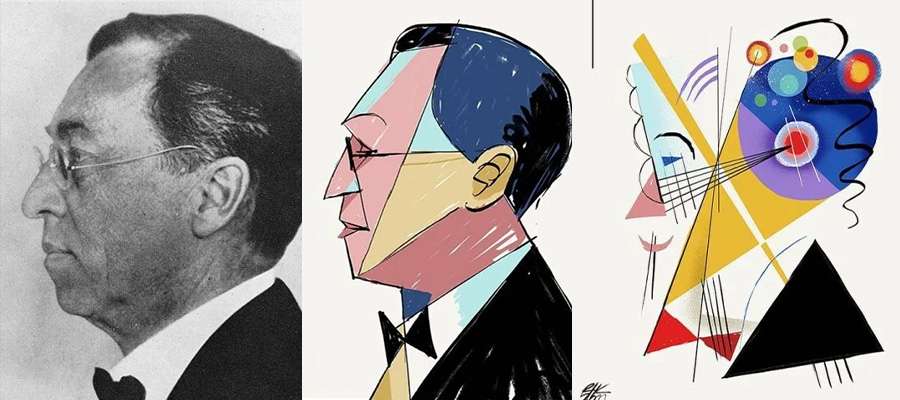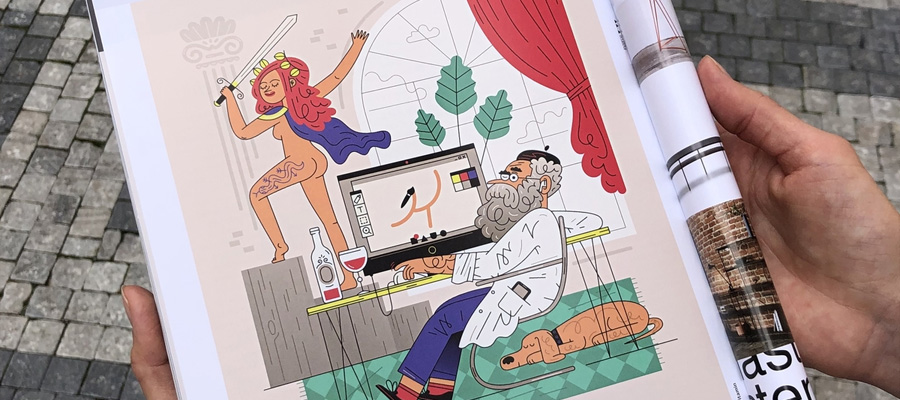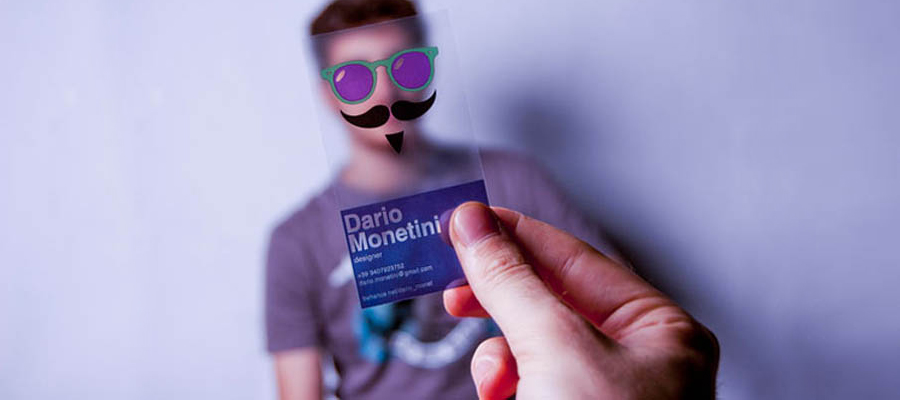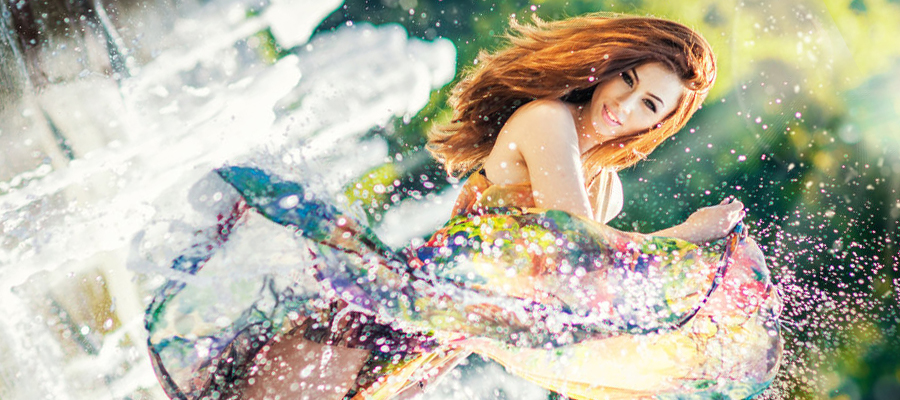When working in a creative field as a visual or interior designer, you will learn to pitch your concepts using mood boards. Mood boards allow your colleagues or customers to get a good idea of what visual vibe you are going for with your project.
Mood boards enable you to preselect colors, textures, fabrics, and other design elements for your space. They are the best way to convey the feeling and mood of the design space. Below are five great tips to help you create the best mood board for your creative project:
Use Your Mood Board To Summarize Feelings
When starting a new visually oriented project, there are thousands of potential ideas for using the workable space. Your project will have specific goals that you are working towards, and you’ll get those during the project brief with clients or colleagues.

One of the biggest reasons creative people turn to mood boards is because they enable them to summarize the overall feelings that should be evoked from the space in question. Start your mood board by brainstorming what feelings you want your design to inspire and build on from there.
Build From Key Elements
Once you’ve summarized the feelings that you’d like the mood board to represent, you can now move on to building those feelings and creating them with your design elements. Take each word and think of ways to convey those feelings through visual design – it could be through associations or color psychology.
Build on those elements until you have a better idea of what direction to go from a visual design point of view.
Align With Stakeholder’s Goal and Vision
Your mood board isn’t just about you and what you like. You must be able to align your design with the goals and visions of the stakeholders. Before embarking on your creative design journey, sit with the people involved and choose images that convey the same vibe that your project needs to give off.

Once you’ve got the chosen images that will inspire the rest of the project, use a background eraser to clear away the unnecessary parts of the image. You will then be left with the perfect inspirational pieces for your mood board.
Draw Inspiration From Nature
If you’re feeling uninspired and flat, take a leaf from nature’s book – quite literally. Draw inspiration from nature and incorporate mixed media elements into your design. Creative mood trays can also be used to collect design elements that project the feelings you are looking for.

illustration by Pixelbuddha
Once you’ve finished adding your visual elements, you can photograph the result and use that to set the tone for the rest of the design.
Don’t Be Afraid To Be Bold
So many mood boards end up looking the same because their designers are afraid to be bold. Don’t misunderstand this point – neutral boards have their place, and they are comfortably lovely - but they aren’t designed to shock and inspire a design revolution.
Your mood board doesn’t have to be perfect; it just has to fit the brief – and if you overachieve in that respect, then good for you.
Make the bold choices, great designers always take the road less travelled.




















